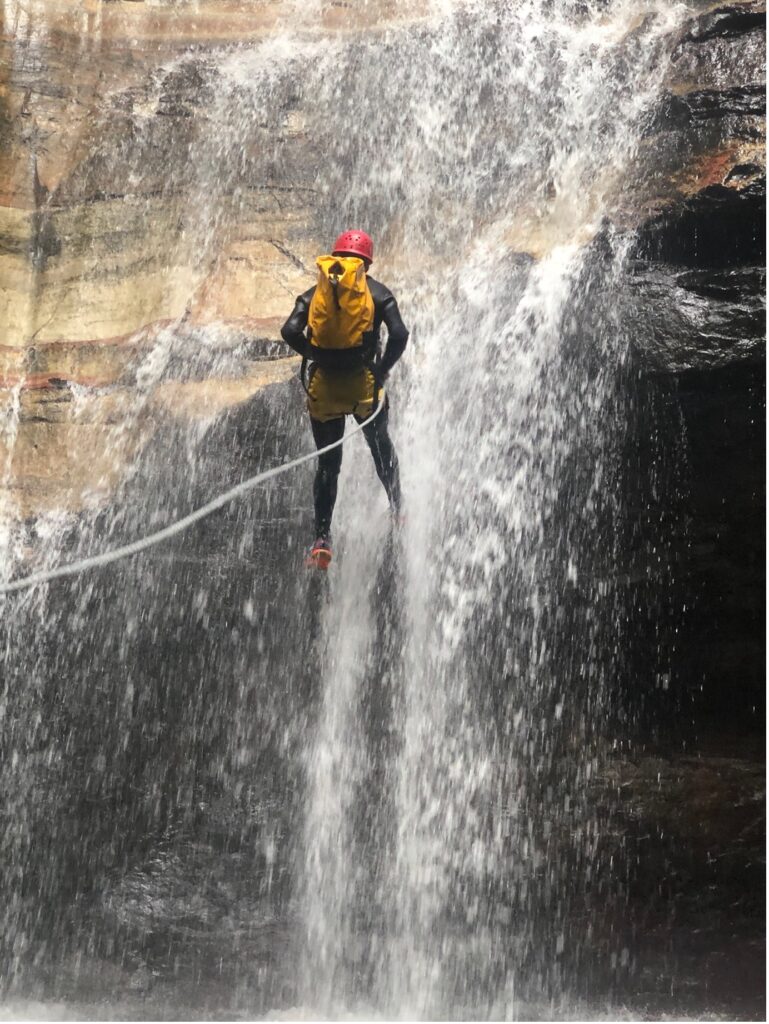
As an early career teacher in Australia, I was quite self-directed in my learning. I would engage in what I now know as reflexive practice although at the time it was more about survival and wanting to be the best teacher I could be. I think as a way of reducing complexity I developed a problem-solving approach. I would identify an area I really thought I needed to work on and then I would focus intensely on that – gathering all of the resources I could, planning out what I would do, trying things out, and talking to others. When I studied my master’s degree and then PhD, I realised the importance of research in this process. Why was I doing what I was doing? Which theories informed my practice? What evidence was there? How did theory and practice inform each other?
I moved into teacher education and found that students always commented on my ability to translate theory to practice. I was very passionate as a literacy educator but then I started to become interested in teaching as an object of study. I started converging my interest in literacy and writing with my interest in reflective practice. A multi-disciplinary learning and teaching grant was the catalyst for my interest in the pedagogies that engendered deep reflective learning. It started with an interest in how reflective practice could enable reflective writing in university students across disciplines. Then it morphed into multimodal reflection. Then it became an interest in the reflexive conditions that enable these practices and the different ways that learners and teachers are influenced by those conditions. What I realised, though, is that practitioner learning is very complex, it is context-specific, and it needs to be ongoing and dialogic to have any real impact on practice.
As I started to theorise reflection more deeply, I came across Margaret Archer’s theory of reflexivity. This theory appealed to me as it focuses on both structure and agency and is interested in how we make decisions for action and transformation in an ever-changing world. It also prioritises the emergences of structures, cultures and personal conditions as influences on how we act.
I was working with Prof Jo Lunn a few years ago and we started talking about practitioner learning and our different approaches. She was using epistemic cognition to theorise teachers’ and learners’ beliefs and processes around knowledge and knowing. We decided to bring our approaches together to investigate teachers’ work around 1) self as an object of study within context and focused on action (reflexivity) and 2) a rigorous focus on epistemic aims for teaching that promote reliable ways of knowing (epistemic cognition). Hence, our theorisation of epistemic reflexivity was developed.
A year so later, Jo and I attended a presentation by Prof Leonie Rowan about diversity and preservice teachers’ feelings of under-preparedness to teach diversity. Afterwards we met on a picnic bench to chat about how we could bring our expertise together… and this project was born!
This team has been the most productive, collegial, and engaging group of people to work (and socialise) with and I hope we can continue to work together and stay connected.
I have learnt so much by bringing different theories and perspectives together in this project and I think it really advances our field in terms of a more nuanced interrogation of practice, diversity and context.
